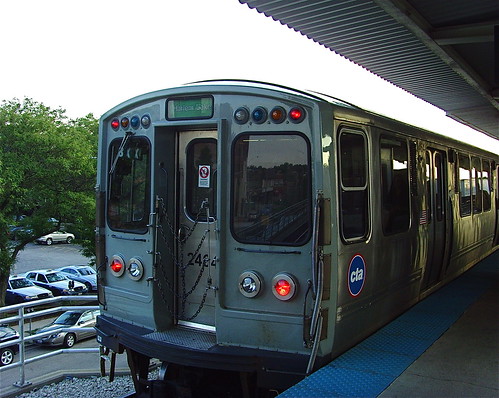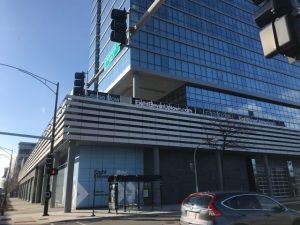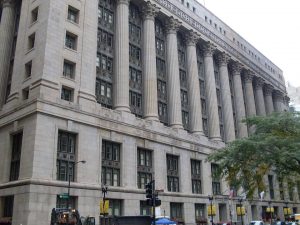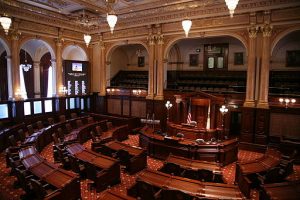Facing a sluggish economy and rising unemployment rates, political and business leaders in the 27th Ward say economic development — and more public transportation — may be the answer.
“We need to work with businesses to grow and create jobs,” said Ald. Walter Burnett Jr. of the West Loop and Near-North Side neighborhoods. “But in order for these businesses to do well, we need more access for both employees and potential customers.”
In a recent victory, and part of the Chicago Housing Authority’s ongoing Reconnecting Neighborhoods Program, the Chicago Transit Authority has approved a new stop on the Green Line at Lake and Morgan streets. However, the $38 million stop won’t be open for another two years, and many still see the need for more.
“The area needs transit, transit brings retail, retail brings people,” said Mandy Burrell Booth, assistant communications director at the Metropolitan Planning Council, a nonprofit organization partnered with the CHA whose key recommendation was to build the new Green Line “L” stop. “Communities thrive at transit stops.”
“Lake Street is the lifeline of the 27th Ward,” said Reggie Stewart, infrastructure specialist for Ald. Burnett’s office. “But right now there is no bus or ‘L’ to easily get to businesses there. And what we do have is too few and far between.”
There are an estimated 30,000 employees and 2,000 businesses spanning the Kinzie Industrial Corridor and the Fulton Market area in the 27th Ward.
However, with only one bus stop between the 800 and 1600 West blocks on Lake Street, and the nearest “L” stop over a mile away, access to these areas remains an issue. Public parking is also not a popular option as it is limited and can cost up to $24 per day. 
What community leaders want to see are two more “L” stops, one at Damen and Lake, and one at Western and Lake, said Stewart.
The goal is to increase jobs and sales of businesses already in the area as well as attract new business. But economic development will remain stalled without transit feeding into the industrial corridor where jobs and employers currently are, said Stewart.
“The Kinzie Industrial Corridor is a central area to economic development,” said Steve DeBreppo, director of the Industrial Council of Nearwest Chicago, an employee-driven organization that advocates for local business with city and state officials.
DeBreppo said the potential for both businesses and clients to get back and forth to the area could be a huge factor in the community’s economic success.
“We’re close to the Loop,” said DeBreppo of the neighborhood’s ability to attract new business. “Business owners and customers could avoid paying the kind of prices that are just eight to 10 blocks to the east.”
One person who agrees with DeBreppo is Michael Keara, a 40-year-old West Loop resident new to Chicago who is looking to open a new tapas-style restaurant in the area, but is concerned over cost and accessibility.
“I would love to open my business here,” said Keara of the reasonable lease prices, which range from $14 to $20 per square foot in the neighborhood, 80 percent less expensive than those one mile east. “But when I jump on the train at Clark, and when I get off at the next stop at Clybourn, there are no people there, no retail, it concerns me.”
The Industrial Council of Nearwest Chicago and the CTA are currently applying to the federal government for more grants to increase transit stops on the Green Line, but the wait could be a long one.
“It might not happen quick,” said DeBeppo. “But we got one stop in the works, and we’ll keep pushing for more options.”
















Be First to Comment